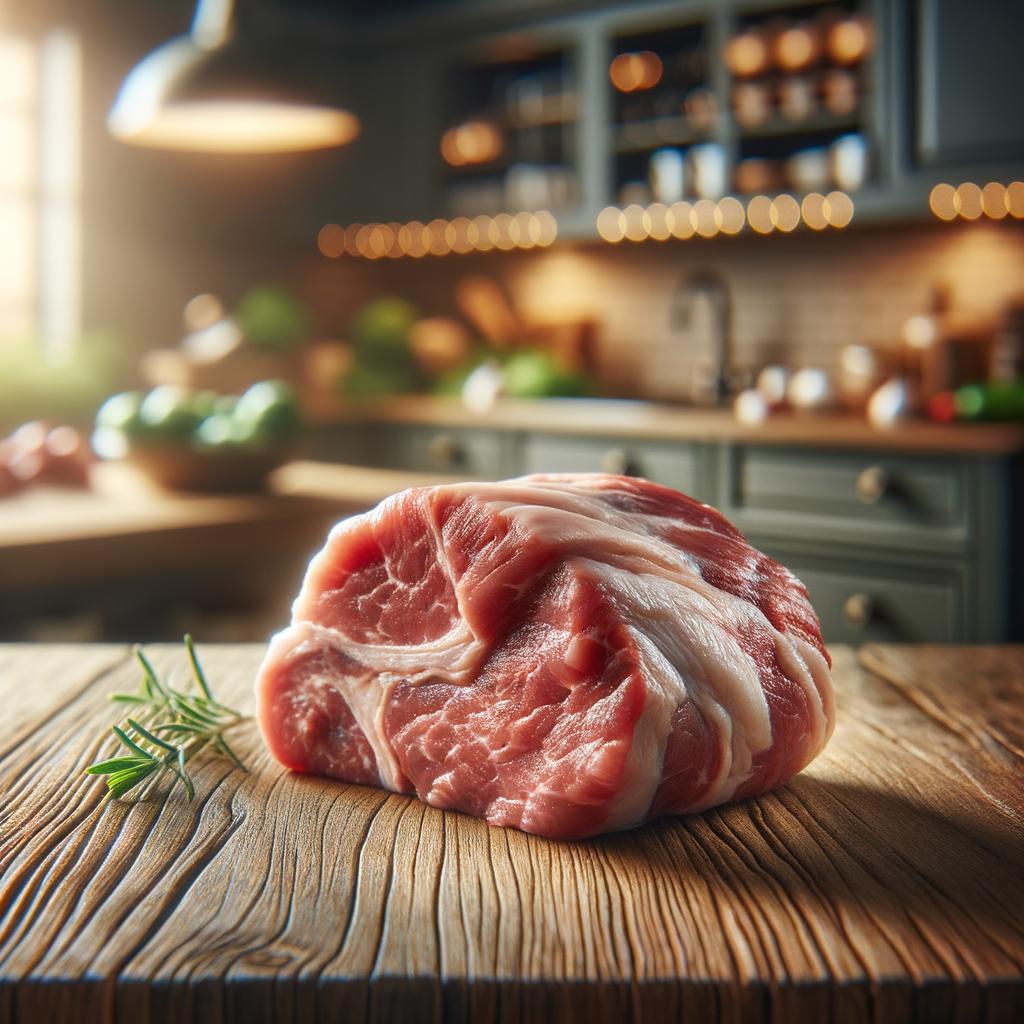Boneless Mutton

Description Boneless mutton is a succulent, tender meat that hails from mature sheep. It has a rich, earthy flavor, a deep red hue, and a smooth, dense texture that becomes incredibly tender when cooked slowly. Mutton is distinct from lamb, its younger counterpart, by its robust flavor and darker color. This mature meat is characterized by its marbling, which infuses the meat with a rich, intense flavor that sets it apart from other types of red meat.
Primary Uses Boneless mutton is a versatile ingredient that is used in a variety of global cuisines. In the Middle East, it's a key component in dishes like Mansaf, while in the Caribbean, it's the star of the show in curries. In European cuisine, mutton is often slow-cooked in stews or roasts to bring out its full flavor and tenderness. Beyond its culinary uses, mutton also holds a significant place in various cultures. For example, in Mongolia, mutton is used in traditional ceremonies and festivals as a symbol of hospitality and abundance.
History The use of mutton dates back thousands of years, with evidence of sheep farming for meat found in ancient civilizations across the Middle East and Europe. It was a staple in medieval European cuisine, often used in hearty stews and pies. Over time, the popularity of mutton waned in some regions, replaced by the more tender lamb. However, in recent years, there's been a resurgence in the popularity of mutton, particularly among food connoisseurs who appreciate its robust flavor and sustainable farming practices. There's an old saying in the UK, "Mutton dressed as lamb," which humorously refers to the practice of trying to pass off older, tougher mutton as younger, more tender lamb.
Nutritional Information Mutton is a rich source of high-quality protein, essential for building and repairing tissues. It's also packed with vitamins and minerals, including iron, zinc, and Vitamin B12, which are crucial for maintaining healthy blood and immune function. While mutton has a higher fat content than some other meats, much of this is unsaturated fat, which can be beneficial for heart health when consumed in moderation. Compared to lamb, mutton has a slightly higher nutritional value due to the sheep's longer lifespan, allowing it to accumulate more nutrients. However, as with all meats, it's important to consume mutton as part of a balanced diet.

